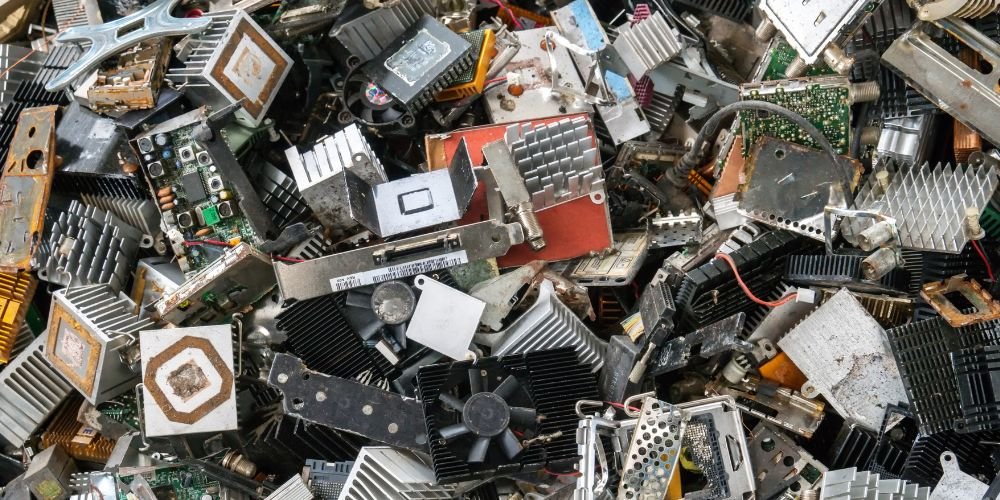E-waste, comprising discarded electronic devices and equipment, poses significant environmental and health risks when improperly handled. As technological innovation accelerates, the volume of e-waste generated by the IT industry continues to rise. Effective e-waste management is crucial for mitigating environmental pollution, conserving resources, and promoting sustainable practices. In the information technology (IT) sector, e-waste management is a pressing challenge that requires coordinated efforts from industry stakeholders, policymakers, and consumers.
Understanding the Scope of the Issue
The proliferation of electronic devices, shortening product lifecycles, and planned obsolescence have led to a surge in e-waste generation within the IT sector. Computers, smartphones, tablets, and other electronic gadgets contain hazardous materials such as lead, mercury, and cadmium, which can leach into the environment if not properly disposed of. Moreover, E-Waste Management in IT often ends up in landfills or informal recycling operations, where unsafe disposal practices pose health risks to workers and communities.
Implementing Sustainable Practices
Effective e-waste management in IT requires adopting sustainable practices throughout the product lifecycle, from design and manufacturing to disposal and recycling. IT manufacturers can minimize e-waste by designing products with longevity, repairability, and recyclability in mind. Extended producer responsibility (EPR) programs incentivize manufacturers to take responsibility for the end-of-life disposal and recycling of their products, encouraging eco-friendly design and disposal practices.
Promoting Recycling and Circular Economy Principles
Recycling is a critical component of e-waste management, enabling the recovery of useful materials from discarded electronic devices. IT companies can establish take-back programs and recycling initiatives to facilitate the proper disposal and recycling of obsolete or end-of-life equipment. By extracting and reusing precious metals, rare earth elements, and other materials from e-waste, companies can reduce their reliance on virgin resources and promote circular economy principles.
Educating and Empowering Consumers
Consumer awareness and behavior play a crucial role in the management of e-waste. Educating consumers about the significance of responsible e-waste disposal and recycling can encourage participation in recycling programs and discourage improper disposal practices. IT companies can facilitate E-Waste Management in IT collection and recycling by providing convenient drop-off locations, incentives for recycling, and information on responsible disposal options.
Conclusion
E-waste management in IT is a multifaceted challenge that requires collective action and commitment from industry stakeholders, policymakers, and consumers. By adopting sustainable practices, promoting recycling and circular economy principles, and educating consumers about responsible disposal, the IT industry can mitigate the environmental and health impacts of E-Waste Management in IT while conserving resources and promoting sustainable development. As technology evolves, proactive e-waste management will be essential to ensure a sustainable and resilient future for future generations.










